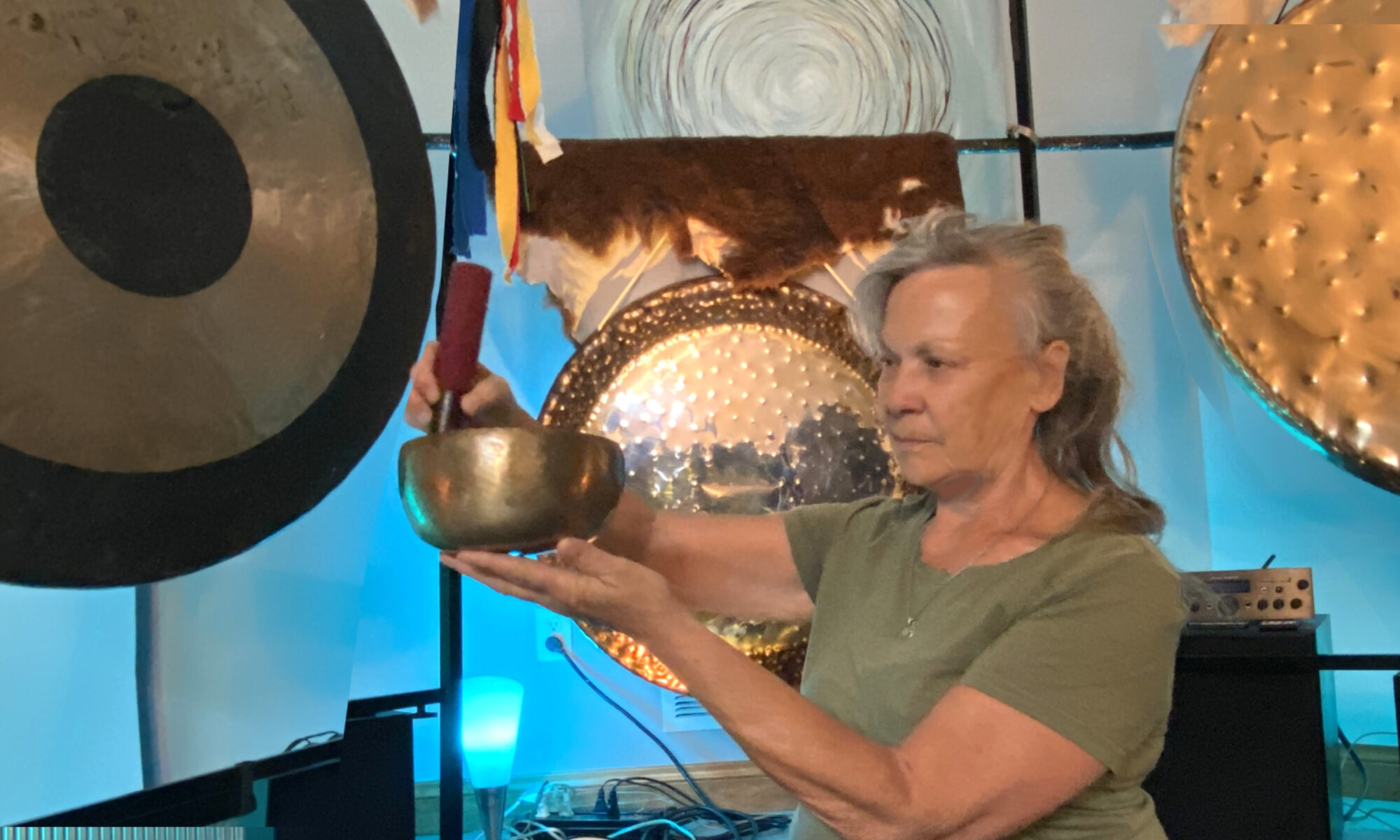 I read a lot this week about the vagus nerve. “Wow, suni, sounds like a really exciting week for you? Haha?” Well, if you don’t know, I have worked for decades as a massage therapist and an energy worker. I read a lot about the body and alternative ways to treat problems and pain that many people face.
I read a lot this week about the vagus nerve. “Wow, suni, sounds like a really exciting week for you? Haha?” Well, if you don’t know, I have worked for decades as a massage therapist and an energy worker. I read a lot about the body and alternative ways to treat problems and pain that many people face.
The study I was researching involved Kevin Tracey, a neurosurgeon based in New York, who was the first in the West to discover the link between the vagus nerve, inflammation, pain and overall health in the late 1990s. 1
I’ll save you a lot of physiology and lets just say that the vagus nerve runs from the brain down thru your whole torso. It touches vocal cords, digestive system, liver, heart, lungs and is integral in the parasympathetic nervous system. This system is the opposite of the “fight or flight” response so it’s your body’s calming and soothing force and can reduce inflammation.
How do we get the vagus nerve to calm and sooth us? 2
Simple ways to activate the vagus nerve: (first get comfortable and notice how your body feels)
1 Breathing – pranayama
Before we begin, just a few notes about Pranayama. In yoga there are many disciplines, styles, “arms”. Most people are most familiar with the asana practice, the poses. But there are many other yogic approaches to balance and growth towards awakening your highest self. Bhakti involves spiritual chanting. I’ve studied kriya yoga which is a meditative practice. Pranayama is yoga of the breath. We’ll talk about three breathing practices but I’m just introducing the basics. There is so much more to learn if you’re interested. (assess how you feel now.) 3
Humming breathing (Bhramari pranayama)– While Bhramari pranayama is a very in-depth practice, today we’re taking baby step 1. Breathe in deeply, pause, then hum as you exhale. (assess how you feel now.) 3
Ujjayi breathing (victorious breath or Darth Vader breath)–breathing with the glottis partially closed and lips closed, as this also stimulates the vocal cords which are intrinsically related to the vagus nerve. (assess how you feel now.) 3
Alternate nostril breathing (Nadi Shodhan Pranayama)- helps with headaches and anxiety. Inhale thru left, pause, exhale thru right, pause, inhale thru right, pause, exhale thru left. (assess how you feel now.) 3
2- Talking
We have talked in the past about the power of words. The experience here is no different except now we’ve learned that the vibration of the vocal cords activates the vagus nerve to calm and sooth us. So speaking can calm but how to speak and what to say? I’ve learned thru teaching meditation that when I want to relax the group even more, I speak slowly, at a lower pitch and I pause, never rush. You can do the same when speaking in tense situations or when you just want to relax yourself. You can even use these techniques with that voice in your head. Low and slow… speaking
More importantly, what do you say to yourself (out loud or in your head)? I have shared before in this group that I regularly remind myself that, “I’m okay. It’s okay. We’re okay.” Try repeating those to yourself… and assess what happens. Maybe your affirmation is different. Explore that. Maybe “I am loved. Things will work perfectly. I’ve got this” might be more your style. But if the message you repeat to yourself is “You bozo. You suck.” then let me remind you that you need a new internal dialogue.
3. Meditation
Any meditation practice that calms you is good. Part of our purpose in this group is that we get to explore a variety of ways to stay in the moment and calm ourselves. In the research mentioned above, they used a particular meditation, the loving kindness meditation. There are many takes on this meditation but its goal is to help you be open to give and receive love, visualizing the exchange even with people who aren’t your first choice in the “deserving of love” department. We will explore the loving kindness meditation next month as it will take our whole hour to explore. There is a link below to one person’s take on loving kindness meditation. 4
4. Cold water
Washing your face with cold, even icy water stimulates the vagus nerve and certainly can wake you up. Try it next time you’re feeling stressed.
5. Laughter with friends
Here, I have very specific directions… laugh more, with or without your friends.
6. Chanting and singing
Rather than write about chanting or singing, we’re just going to do a bit of that. If you’re reading this at home, go to youtube and search our Krishna Das, a much beloved leader of kirtan chanting 5. If your local yoga studio offers chanting, go check it out. Your vagus nerve will thank you.
1-Reseaarch article http://upliftconnect.com/toning-vagus-nerve-heals-pain/
2-Another article about vagus nerve https://www.organicolivia.com/2016/12/10-ways-to-instantly-stimulate-your-vagus-nerve-and-relieve-inflammation-depression-more/
3- 3 Pranayama exercises https://www.youtube.com/watch?v=395ZloN4Rr8
4 Loving Kindness meditation http://www.contemplativemind.org/practices/tree/loving-kindness
5- Chant with Krishna Das https://www.youtube.com/watch?v=PTc8X37oJBE
Notes from group meditation 11/5/17

